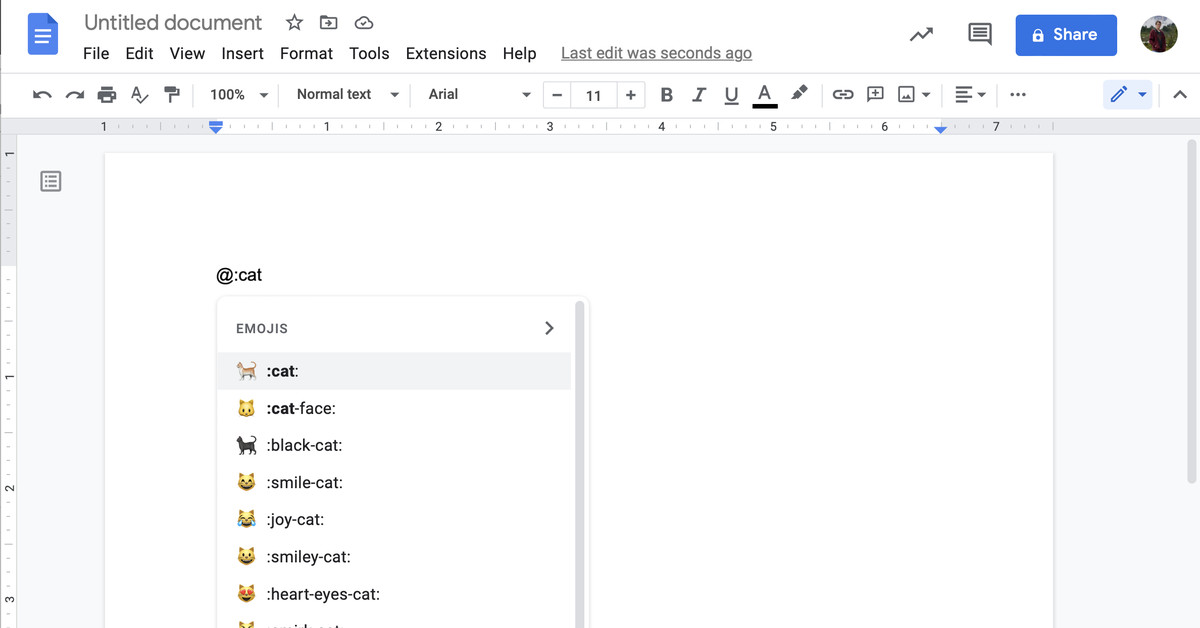
Interested in learning what’s next for the gaming industry? Join gaming executives to discuss emerging parts of the industry this October at GamesBeat Summit Next. Register today.
Would you rather fight a horse-sized duck or a hundred duck-sized horses? It’s a silly and subjective question that comes up at parties with no right answer … but when applied to influencer marketing, the hundred duck-sized horses is the correct response. To understand why, you have to look at the broader customer acquisition landscape.
Many brands are starting to see the shift in how to reach audiences effectively as the cookie approach is starting to crumble. Pixel tracking, the old-school cookie tech and mobile tracking (IDFA, AAID) are on the decline after a solid decade of infuriating users. Safari and Firefox already have implemented some blocking against third-party tracking cookies, while Chrome, by far the most popular desktop browser, will initiate their cookie blocking in the middle of next year.
These are all signs that they are simply not in the future for marketers.
As a result, a pressing question big brands need to answer in the short term is how can they understand the appetites, desires, wants and needs of future consumers if they can’t track them as they once did?
The answer is simpler than you might think. The real opportunity in marketing — the thing that few people are talking about right now — is influencer marketing at scale, particularly video creators, livestreamers and podcasters. I’m talking about the class of creators with stable, strong community relationships who know and love their fans — fans who reciprocate adoration built on authenticity and respect.
These are not just the behemoth influencers; creators of all sizes have robust symbiotic relationships with their audiences. This relationship is shaped by trust with ample feedback should that trust be broken.
Because of this, if Creator Y doesn’t like Brand X, then they are not going to advertise Brand X. Why? Because creator loyalty is the same as brand loyalty. And if the audience that supports Creator Y feels betrayed, even a little bit, then they’re going to support another creator instead. The risk of elevating something that doesn’t live up to the hype is not worth the reward of getting a paycheck to plug it. Because of this, creators always have to believe in, or at least connect with, what they are advertising.
What’s more, because of the audience relationship, creators are more likely to self-select offers their fans will appreciate and offer it in a way that is appealing. This means that marketers don’t have to work as hard at targeting and messaging and they don’t have to try to push through one-size-fits-all slogans.
Rethinking your livestreaming strategy
Awareness building by pairing big name influencers with brands has been the primary approach for brands trying to break into the livestreaming space. Having an established creator drinking a brand name sports drink is a tried and true strategy for getting eyeballs on a product. But with more brands that sell directly to customers, there’s a strong shift to drive sales growth directly. This is where performance marketing comes in.
Today, as brands and marketers rethink their strategy for performance marketing there is a tendency to look at the top 1% of streamers as the “be all, end all” for their campaigns. In reality, it’s the mid-level (torso) and micro creators that are connecting with their audiences on a personal level. While they have smaller audiences, they’re able to create that intimate connection, speak to their community on a personal level and drive true engagement with the brands they’re promoting.
These campaigns in aggregate deliver a more powerful message that finds better purchase with audiences.
The Live Mindset
No one likes pre-roll. It’s one of the successful video standards but everyone despises it, yet brands are targeting a generation with zero attention span and expecting them to sit through a canned ad, assuming they haven’t ad-blocked it.
Providing content creators with the tools to promote products and interact with brands they like while engaging their audiences live is substantially more elegant and a powerful complement to other ad inventory around creators. It’s also more competitive when compared to acquisition costs on the big ad display platforms.
Influencer marketing has been able to rapidly evolve and adapt to the dynamics of its audience. The ground is always shifting under our feet. That’s the time we live in. Matching creators and their audiences at scale with the right brands and tools to engage in live settings will be the next great evolution in creator marketing.
Gil Hirsch is co-founder and CEO of StreamElements.


/cdn.vox-cdn.com/uploads/chorus_asset/file/25547838/YAKZA_3840_2160_A_Elogo.jpg)

/cdn.vox-cdn.com/uploads/chorus_asset/file/25547226/1242875577.jpg)
/cdn.vox-cdn.com/uploads/chorus_asset/file/25546751/ES601_WEBR_GalleryImages_KitchenCounterLineUp_2048x2048.jpg)
